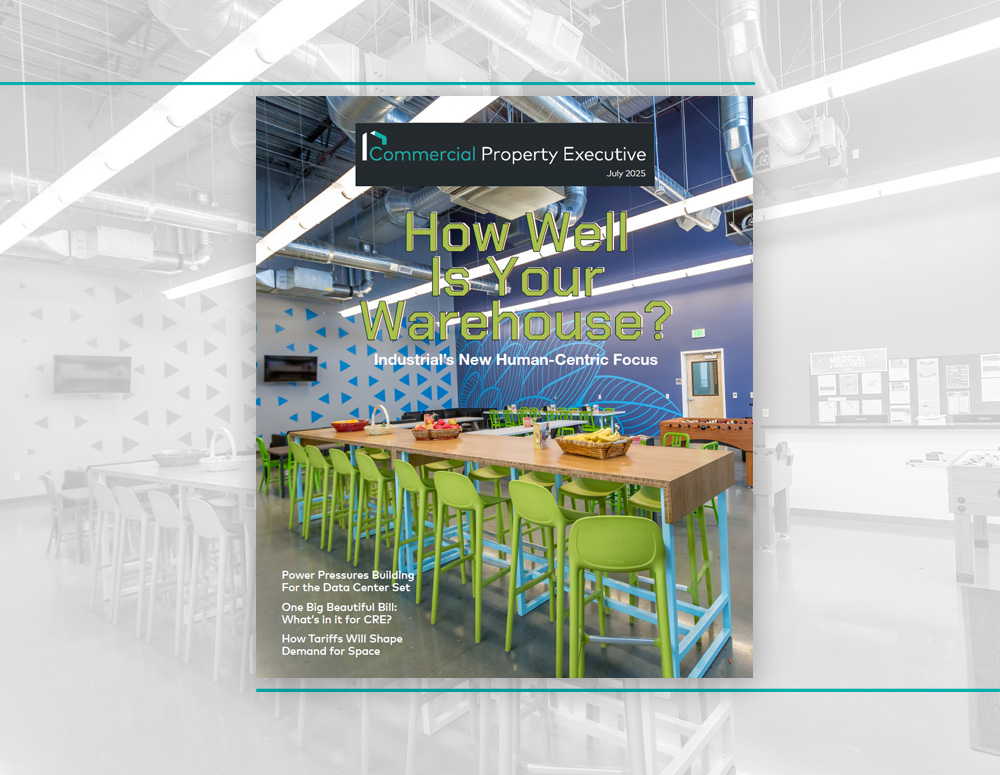EIFS in Practice: Implementation Case Studies
Exterior insulation and finish systems, or EIFS, has long been applied to residential properties but is now catching on as an insulation solution in the commercial sector. These case studies illustrate different applications that have produced energy cost reductions.
By Brad Berton
Exterior insulation and finish systems, or EIFS, has long been applied to residential properties but is now catching on as an insulation solution in the commercial sector. The following case studies illustrate different applications that have produced energy cost reductions.
Resort
Initial indications are that the 184 unit owners at the historic Lido Beach Towers resort on Long Island are seeing substantial reductions in energy consumption after a $5 million installation of Sto Corp.’s StoTherm Premier NExT drainage IEFS product.
The 1929-vintage hotel, which was converted to condo ownership in 1981, had suffered from countless thermal and water leaks in its stucco-on-terracotta block walls. The homeowners board had aimed to tackle problems through various short-term (and costly) cosmetic Band-Aid-type repairs, recalled Sto building scientist John Edgar.
The board engaged Jordan Ruzz, principal of P.E. Consulting Engineers, who recommended the Sto system providing three-plus inches of insulation as well as a far more attractive new finish.
A sampling of energy consumption at units on four separate floors, during the hottest months of the first post-application summer, factored to an average reduction of 32.5 percent. Installing a modern solar array covering the resort’s entire rooftop would not come close to producing the amount of energy owners are saving due to the EIFS installation, Edgar noted.
Medical Center
After exploring means of reducing high cooling costs at its uninsulated Banner Desert Medical Center in the scorching Phoenix suburb of Mesa, decision-makers at the Banner Health system opted for a two-inch Dryvit Outsulation installation.
Sophisticated modeling determined the upgrade, expected to cost around $2.5 million, should reduce cooling costs by about 20 percent, noted L&W Supply’s Roger Barton, who is coordinating the installation. As coolers have traditionally run non-stop at the approximately 500,000-square-foot facility during the hot months, the expectation is that savings will cover the EIFS installation costs in five to seven years, Barton estimated.
Banner is gaining a considerable aesthetic benefit, as well, as the steel-stud-framed hospital constructed in various phases with different methodologies over 30-some years has a none-too-attractive stucco exterior. The metallic pink finish matches Banner’s adjacent children’s hospital and hence helps “unify branding,” Barton noted.
He added that it is a pretty quick and quiet process to install the system, which weighs barely one pound per square foot.
Office Headquarters
When the sustainability-minded brain trust at building products and services firm Tremco Inc. opted to pursue a comprehensive $5.5 million energy retrofit at its 1969-vintage, slate-skinned headquarters building, it logically looked to sister company Dryvit Systems’ EIFS offerings.
Thanks to the new exterior insulation (not to mention the sharp new cladding), as well as numerous other green-minded upgrades, the three-story, 46,000-square-foot headquarters is now something of a showcase for sustainable solutions that helps market the company’s capabilities, noted Craig Nelson of another sister company (and co-occupant of the building), WTI Services, who oversaw the retrofit.
Contributing to the property’s new LEED Gold certification, Dryvit’s Outsulation Plus MD drainage EIFS provided a continuous insulation that sealed up leaky thermal bridges. The overall retrofit resulted in an 84 percent reduction in natural gas consumption, along with a 43 percent cut in electricity consumption, Nelson specified.
And while the retrofit’s overall payback period will likely end up closer to 15 years, Nelson projects the EIFS installation will pay for itself in savings within the typical eight to 12 years.
The Tremco case study was part of a fuller discussion of EIFS, “New Life for EIFS Retrofits,” which appeared in the March 2012 issue of CPE.






